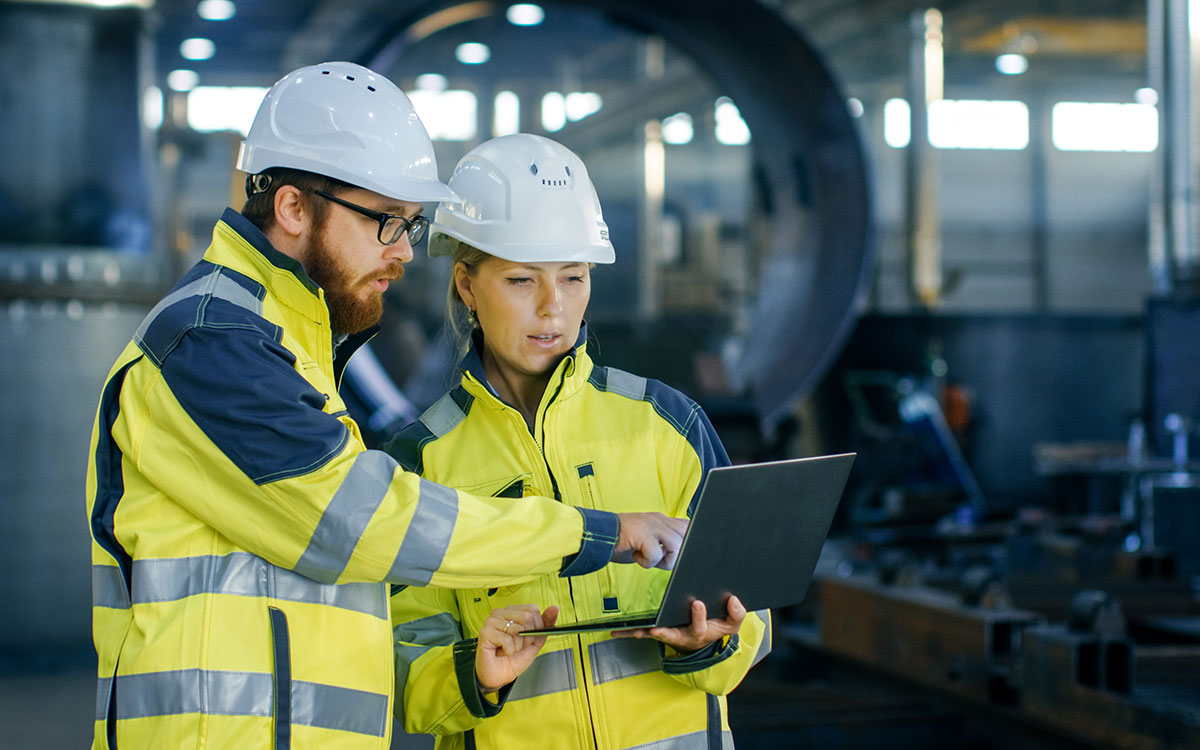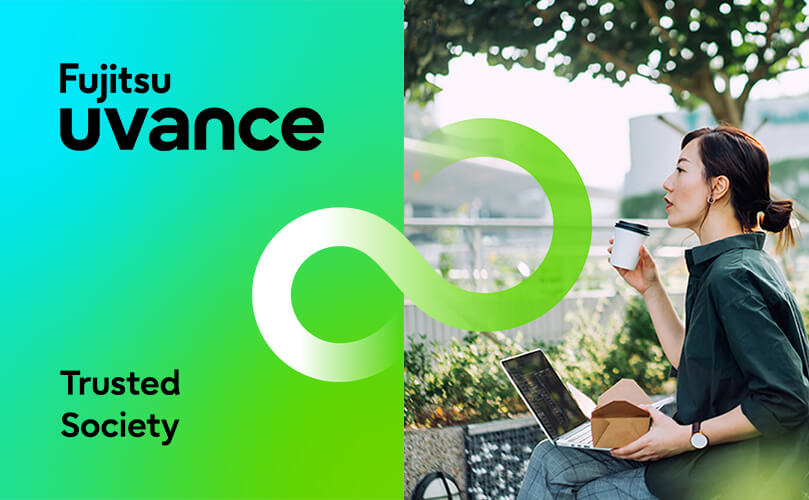Data visualization: Three tips to plan a smarter city
Fujitsu / March 23, 2023
More than one third of the global population will live in urban areas by 2030, according to the United Nations. The global spike in population is putting city planners under pressure to cut greenhouse gas emissions from congested areas.
A Fujitsu expert on new mobility has come up with three ways in which IT services could help regional administrators design a greener city.
Improving traffic in cities
Takehiro Miyoshi, a leader in the Fujitsu Uvance initiative, and an expert of new types of transportation says optimizing the use of car-sharing systems is the key to designing a net-zero city.
“10 years ago, we only had to discuss ways to reduce the number of gasoline cars to protect the environment,” says Takehiro. “But now, eco-friendly sharing services are part of our everyday life. And for city planners, the algorithms required to cut CO2 have become a bit more complicated than they used to be.”

Takehiro Miyoshi, Head of Trusted Society Lean Development Office, Uvance Unit, Fujitsu.
Takehiro says technology can help make city planning much easier. One solution developed by Fujitsu Limited and its Swedish partner Hexagon is targeted at administrative users who want to simulate the impacts of new policies before implementing them.
The Traffic Simulation & Analysis map solution can bring together all data related to transportation.
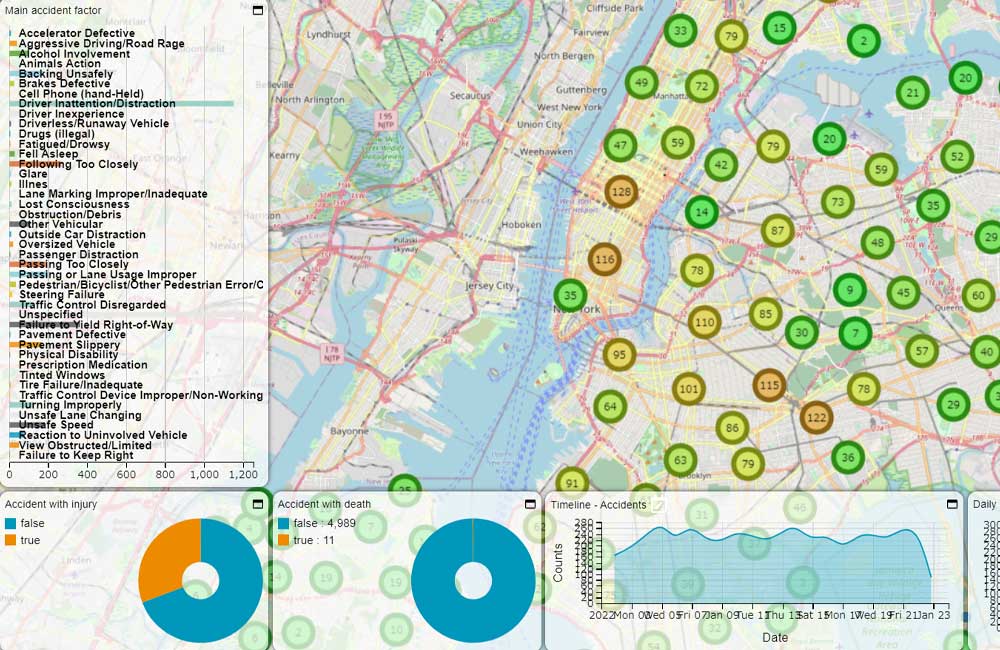
Fujitsu/Hexagon’s Traffic Simulation & Analysis map helps users get real-time information on shared cars and traffic.
In the map above, each figure included in a circle represents the number of accidents that occurred in this area in the past. Clicking a circle provides further information on the types of accidents that took place.
It also shows real-time traffic situations. The sections of roads shown in red indicate traffic congestion. Furthermore, the map shows information about the status of shared car services, including when and where a car is available.
This visual representation of data uses Digital Twin technology—a tech which creates a concise virtual duplication of the transportation system for simulation cases.
The maps allow city planners to try out various scenarios before they implement new rules and regulations.
“Easing congestion is one of the most effective ways to cut CO2 emissions. Take a policy measure to charge cars a fee for using busy roads at peak times, for example,” says Takehiro. “City planners would be able to check whether or not the new policy will be effective and have a positive impact on the environment.”
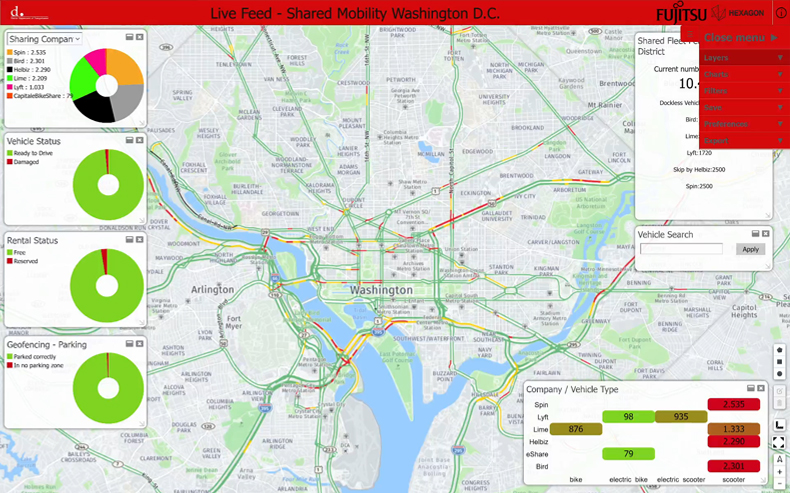
The solution involves a digital twin that helps city administrators simulate new traffic rules online.
Finding greener commutes and transportation modes
Takehiro also says more could be done when it comes to apps for smartphones.
“A company I once worked for asked their employees to carpool to the office,” says Takehiro.
“I asked a friend of mine to pick me up because I didn’t know who else lived in my neighborhood. But I thought it would be more effective for the environment if my company suggested more efficient commuting tips to employees.”
That experience led to the idea of an app that shows the estimated amount of CO2 emitted for a user’s commute. This way employees can pick a greener commute route or take alternative modes of transport such as bikes or walking. And businesses can track the carbon footprint generated by their workforce.
“An app like this for individuals can become common very soon,” says Takehiro. “But this idea is unique as it provides employers with a responsible way to help cut greenhouse gasses emitted from employees’ commutes.”
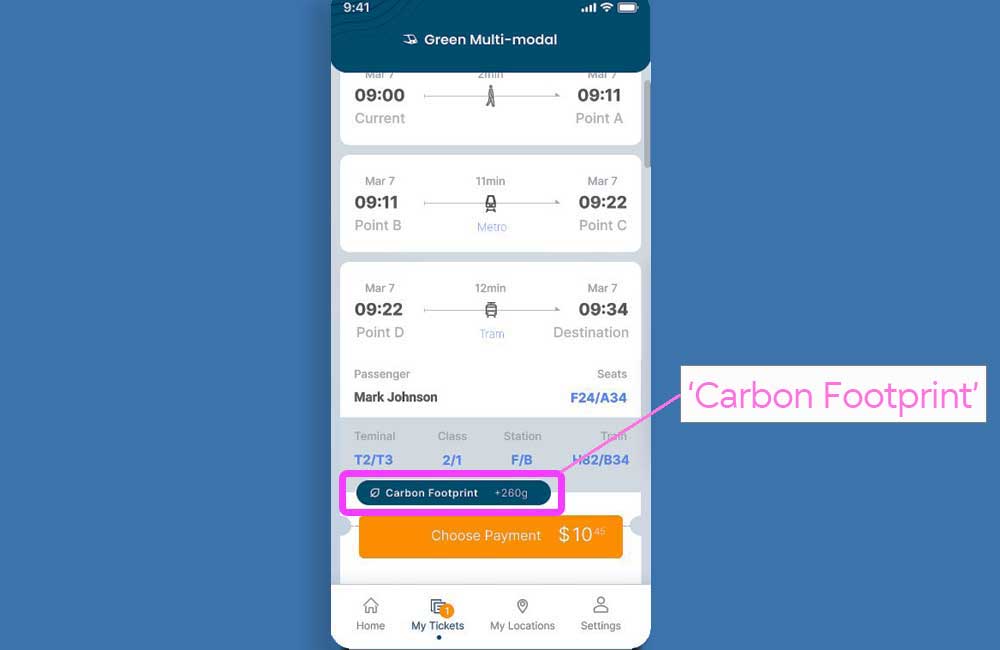
The Green Commute app suggests commuting routes based on the amount of CO2 emissions.
Reducing CO2 from EVs
One of Takehiro’s new ideas was underlined by a recent social experiment involving Electric Vehicles (EVs).
“EVs are of course a comparatively greener mode of transportation,” says Takehiro. “But that doesn’t mean they are entirely carbon-free.”
He noticed that more and more delivery businesses are using EVs, but they tend to waste their time by waiting to be charged, due to the small number of charging stations.
So Takehiro came up with a solution that analyzes all data necessary to work out the best schedule for each vehicle to charge its battery at a charging station. The Fleet CO2 Reduction is an example of a solution that visualizes data in a way that is easy for users to understand.
The results of a research released in 2022 demonstrated that a company could cut as much as a quarter of CO2 emissions after optimization.
“The idea was to help businesses use EVs even smarter,” Takehiro says.
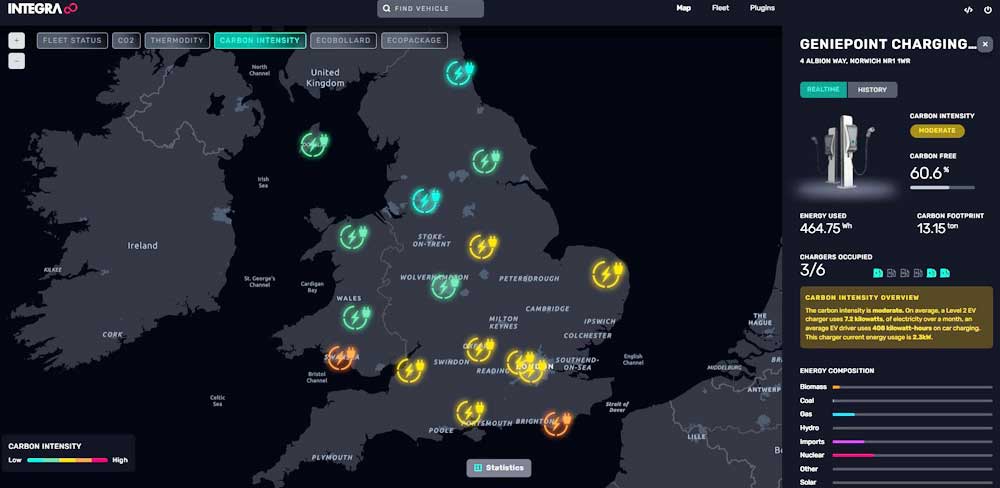
A screen from Fleet CO2 Reduction. Green symbols represent charging stations with smaller CO2 footprints.
Takehiro says that the success of solutions related to data visualization depends on how well a developer can put their feet in users’ shoes.
“When developing a product showing data, we are often tempted to display all available data on one screen. But to make a good service, we need to focus on presenting a clear picture of data that helps a user decide which action to take next.”
Trusted Society, a key focus area of “Fujitsu Uvance”
“Fujitsu Uvance” is our innovative solutions that address customers’ business challenges and solve societal issues. We have set “Trusted Society” as one of the key focus areas to address our customers’ business priorities. Our goal is to provide solutions that deliver deeper insights to customers in government, the public sector and transportation—and bring about a better planet through technologies.
We run projects addressing societal challenges mainly in four sectors:
— Government DX to modernize citizen services
— Public services to create safe and secure communities
— Sustainable transportation to provide resilient and safe means of travel for all citizens
— Sustainable energy and environment to enable low-carbon lifestyles
Fujitsu aims to create a resilient and sustainable society in which people can live in peace and prosperity.
Set your sights on building a prosperous, sustainable society
Trusted Society
Fujitsu introduced a key focus area called ‘Trusted Society’ as a part of its business brand, Fujitsu Uvance.
We aim to create an environment-first, resilient society in which people can live in peace and prosperity.
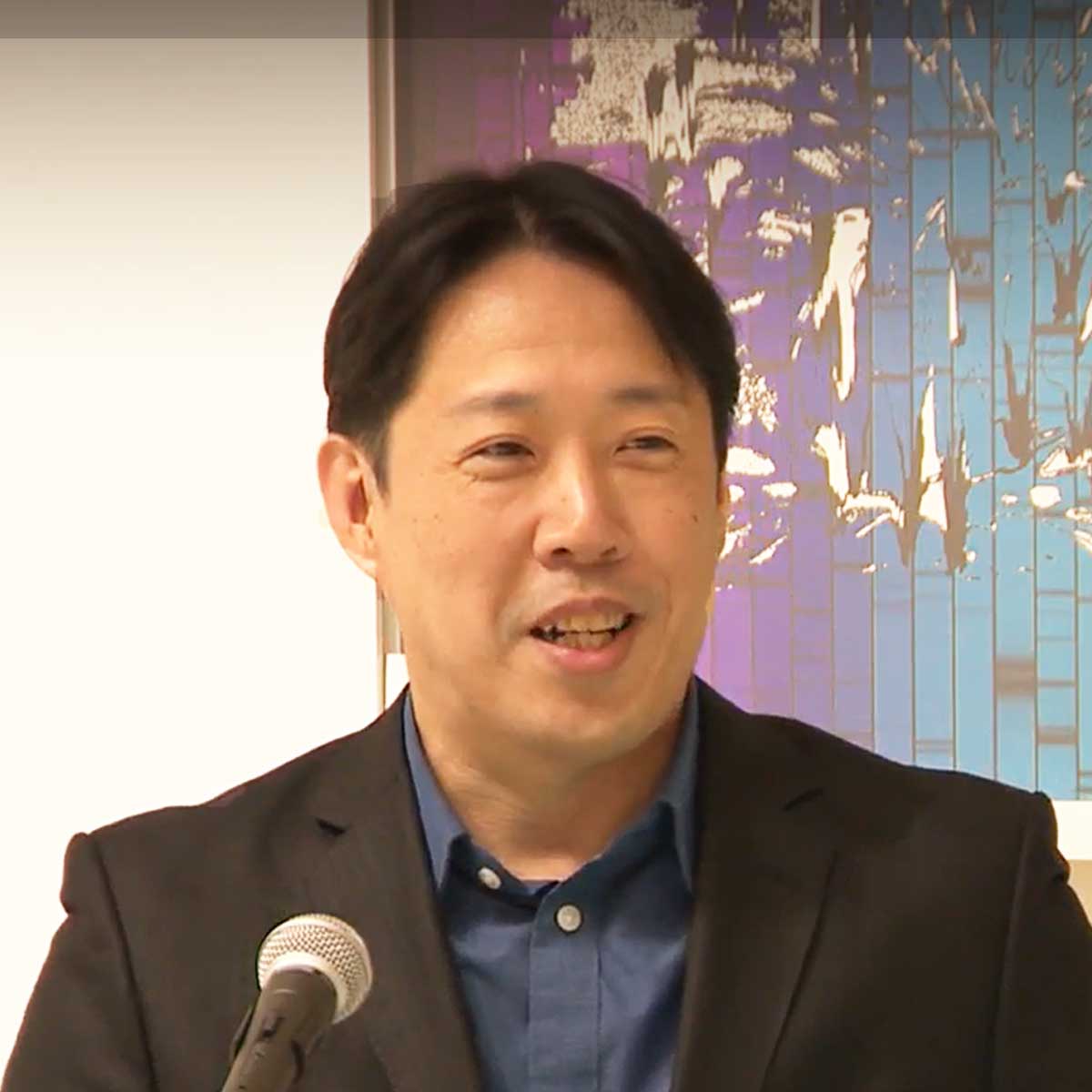
Related information
Editor's Picks

